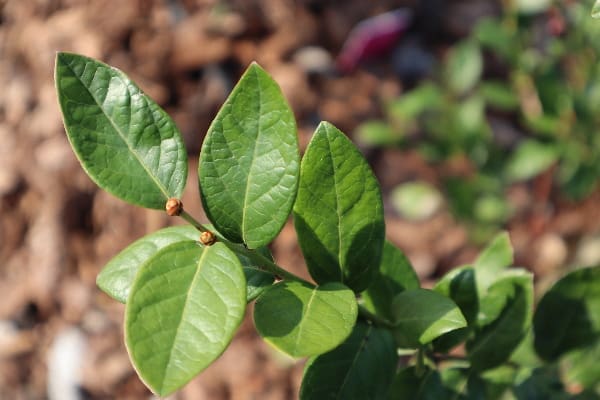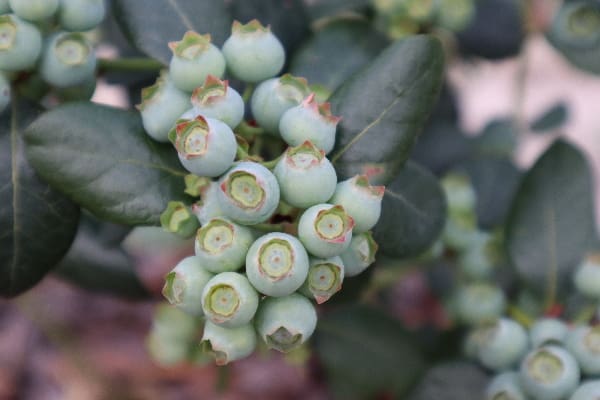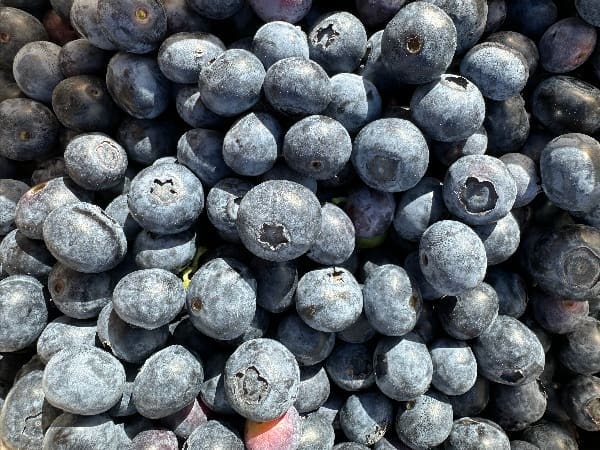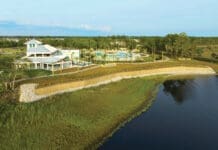By Lauren Goldsby
Here in the Panhandle, many of us are just finishing up blueberry harvest, while other parts of the country are only just beginning. But don’t sit back and relax for too long–it’s already time to start preparing your blueberry plants for the 2026 season!
In Florida, gardeners typically grow two types of blueberries: southern highbush and rabbiteye. In the Panhandle, rabbiteye varieties are recommended because they bloom later than southern highbush varieties. This delayed flowering window helps protect the plants from the late-season freezes that can damage early blooms and reduce berry yields.

Right after your rabbiteye blueberry harvest ends, it’s an ideal time to prune branches that have grown too tall or don’t produce as many berries as they used to. Make sure to prune before flower buds form in the early fall, or you’ll accidentally remove next year’s crop.
Why prune after harvest?
Over time, older branches become tall, leggy, and less productive. By removing some of these older branches, you encourage the plant to produce new growth. New growth means more flower buds next season. If you prune too late, after flower buds have formed, you’ll have fewer berries next year. If you’ve ever mistakenly pruned azaleas at the wrong time and missed out on a year’s flowers, it’s the same principle in action. Pruning early gives the new growth time to grow and develop before dormancy.

Rabbiteye blueberries can get over 12 feet tall! Pruning helps keep plants at a more manageable height for harvesting, making it easier to pick berries. Some prefer to let their plants grow untouched as they would in the wild, sharing their harvest with local wildlife. Shape your plants to suit your needs and your space.

Winter Pruning
Another good opportunity for pruning comes during the dormant season (winter). This is the best time to remove entire old canes that are no longer productive. Dormant pruning opens the plant’s canopy, encourages healthy new growth, and helps manage the overall fruit load.
For more details about selecting, fertilizing, and caring for your blueberries, check out the Blueberry Gardener’s Guide from UF/IFAS: https://edis.ifas.ufl.edu/publication/MG359





















































